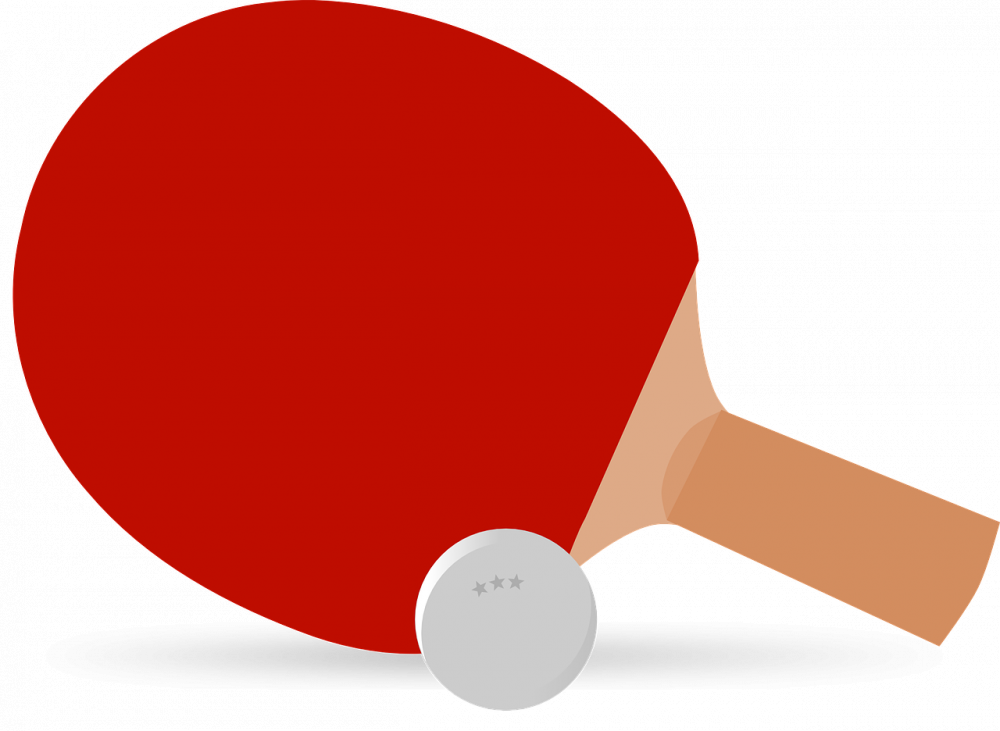Padel Ranking: A Comprehensive Guide to the World of Padel Rankings

Padel Ranking: An In-Depth Analysis of the Ranking System in Padel
Introduction:
As the sport of padel continues to gain popularity worldwide, it has become essential for players, fans, and professionals to understand the ranking system in order to evaluate the performance of players and teams accurately. In this article, we will provide a thorough overview of the padel ranking system, including its types, popularity, and quantitative measurements. Furthermore, we will discuss the differences between various ranking systems and delve into the historical perspective of their advantages and disadvantages.
Overview of Padel Ranking

The padel ranking system is a tool used to assess the skill and performance of padel players and teams. It provides a structured hierarchy that indicates the standing of individuals and groups within the padel community. Similar to other sports rankings, the primary purpose of padel rankings is to provide a fair and reliable method of comparison among players and teams.
The padel ranking system takes into account various factors such as tournament performance, match results, and level of competition to determine the ranking of players and teams. It assigns points based on the outcome of matches, taking into consideration the strength of opponents. This ensures that players who perform well against higher-ranked opponents receive more points compared to victories against lower-ranked opponents.
Types and Popularity of Padel Ranking
There are several types of padel ranking systems used across different regions and organizations. The most widely recognized and popular padel ranking system is the World Padel Tour (WPT) ranking. This ranking system is utilized by the professional players competing on the World Padel Tour circuit.
In addition to the WPT ranking system, there are national rankings, continental rankings, and regional rankings that cater to specific geographical areas. These rankings help identify and promote talent within specific regions while providing players with the motivation to improve their standing nationally or within their respective continents.
Quantitative Measurements in Padel Ranking
The quantitative aspect of padel rankings involves the calculation and analysis of players’ and teams’ performance data. Points earned from victories and participation in tournaments are the core metrics used to assess a player’s or team’s ranking. Additionally, the ranking systems may consider the level of players’ opponents, the performance in major tournaments, and consistency over time.
Slamming shots, volley accuracy, and overall game statistics can also be taken into account to create a more comprehensive and nuanced ranking system. The integration of empirical data with subjective assessments showcases the impact of player skill on the ranking, providing a fairer evaluation of players’ abilities.
Differences Between Padel Rankings
Despite the common aim of ranking padel players, different ranking systems can vary significantly in their methodologies and criteria. These variations often stem from organizational differences, geographical considerations, and the specific goals of the ranking system. For example, the WPT ranking primarily focuses on professional players competing in international tournaments, whereas national rankings prioritize domestic achievements.
Additionally, some ranking systems may emphasize recent performances, while others give equal weight to a player’s entire career. Understanding these differences is crucial, as it allows players, fans, and organizers to determine the relevance and applicability of different ranking systems to specific contexts.
Historical Perspective: Advantages and Disadvantages of Padel Rankings
Over time, padel rankings have evolved to address the challenges and shortcomings of previous systems. Older ranking systems often faced criticism for favoring quantity over quality, as players accumulated points based on the volume of matches played rather than the level of competition.
However, modern ranking systems have implemented changes to ensure fairer evaluations. The introduction of bonus points for victories against higher-ranked opponents and the focus on quality tournaments have improved the accuracy and representativeness of the rankings. Nonetheless, debates continue to arise regarding the weighting of different factors and the overall objectivity of the ranking systems.
Conclusion:
Padel rankings provide valuable insights into the performance and progress of padel players and teams. Through a comprehensive understanding of the ranking system’s components, variations, and historical context, players and enthusiasts can better navigate the world of competitive padel. As padel continues to grow as a global sport, an accurate and reliable ranking system becomes increasingly important. By embracing its quantitative measurements and periodically revisiting and refining its methodologies, the padel community can ensure a fair, transparent, and respected ranking system.





















